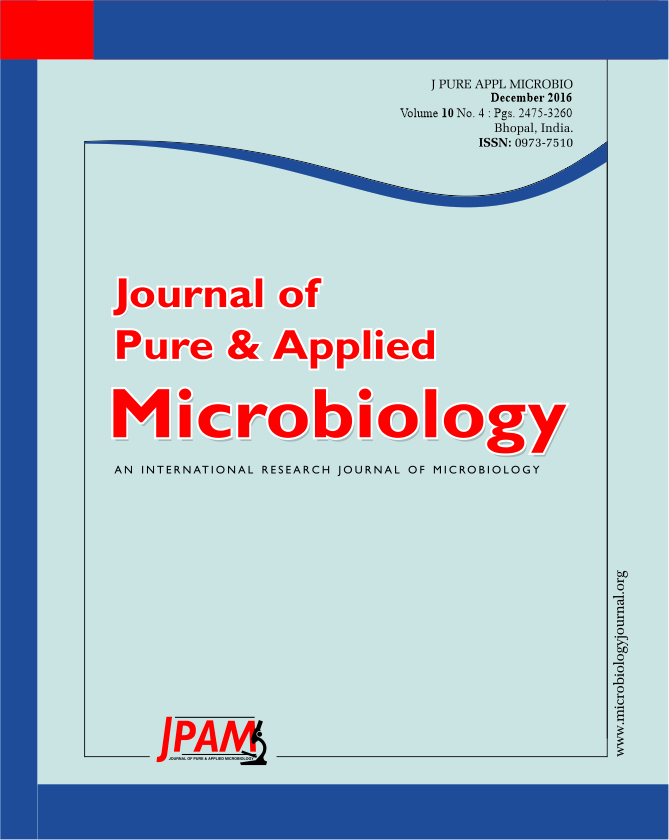The use of alternative substrates for biomass production has advantages for the production of non-conventional sources of protein and functional products. Qualitative and quantitative differences were determined in two culture media for the production of biomass by Pleurotus djamor (Rumph. : Fr.) Boedijn (P-19) and P. ostreatus (Jacq. : Fr.) Kumm. (P-11). Growth rate and biomass yield increased when non-conventional culture media were used. In liquid culture, the specific growth rate (µ) for the strain P-19 on Liquid Extract of Malt (EML+BF) medium was of 0.196 h-1 and 0.403 h-1 for the strain P-11, while on Buffer of Liquid Phosphates added with cereal (BFL+C) medium it was of 0.233 h-1 for the strain P-19 and 0.395 h-1 for the strain P-11. There were significant differences among strains studied. The production of mycelial biomass was of 0.07 g/l in EML+BF medium and 0.49 g/l in BFL+C medium for the strain P-19, while for the strain P-11 it was of 0.18 g/l and 0.70 g/l in EML+BF and BFL+C media, respectively. There were significant differences among treatments. The use of substrates containing lignocellulosic material was suitable for biomass production, increasing growth rate.
Growth mycelial, non-conventional culture media, speed of growth.
© The Author(s) 2016. Open Access. This article is distributed under the terms of the Creative Commons Attribution 4.0 International License which permits unrestricted use, sharing, distribution, and reproduction in any medium, provided you give appropriate credit to the original author(s) and the source, provide a link to the Creative Commons license, and indicate if changes were made.


